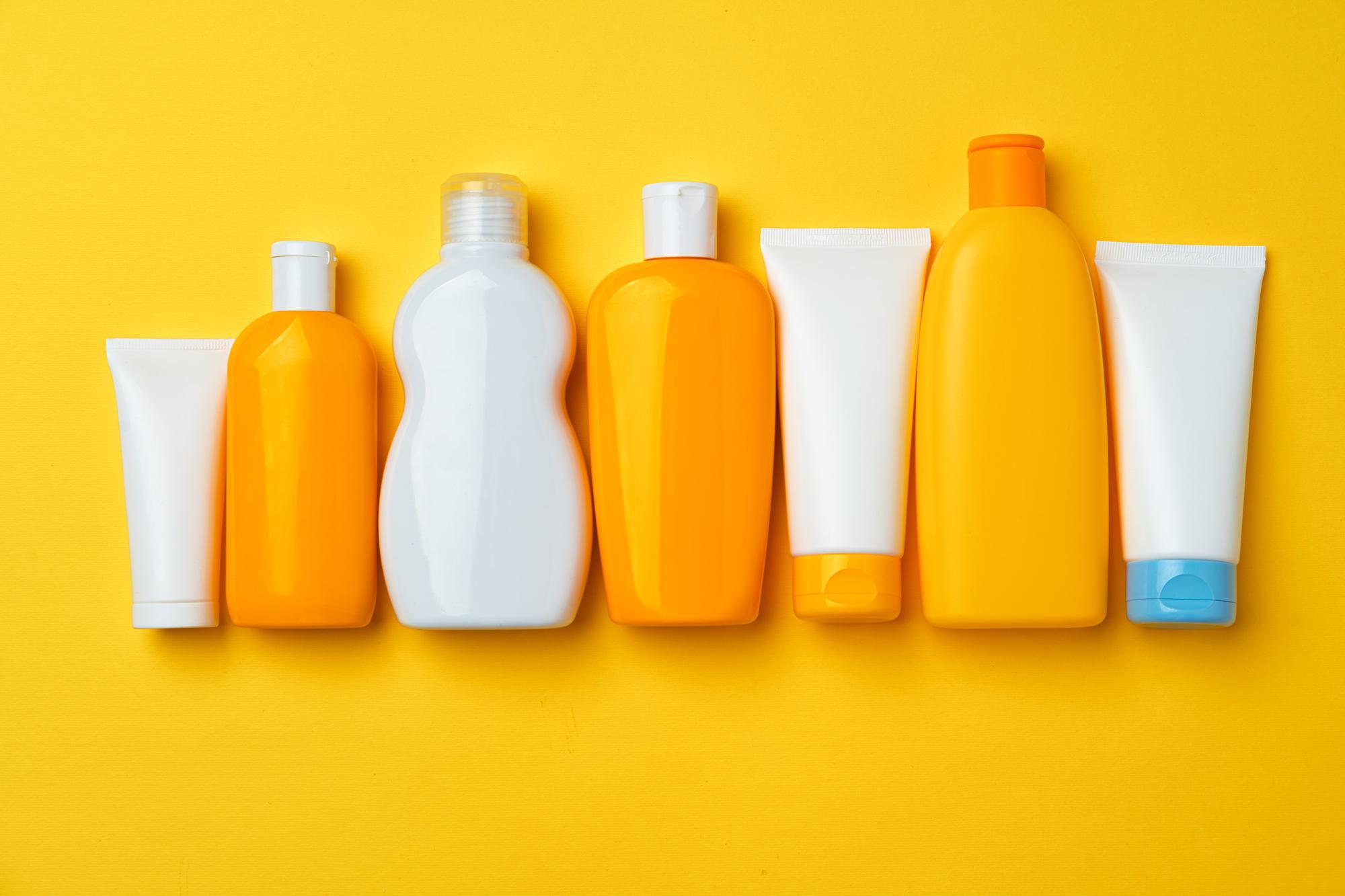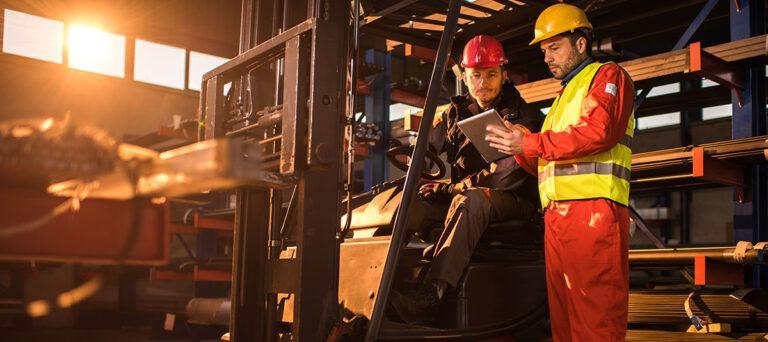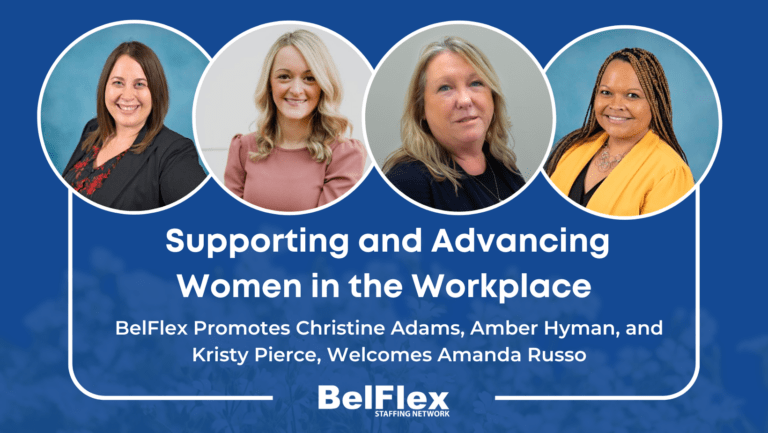July Safety Newsletter
UV Safety Awareness Month – July 2022
U.V. Safety Awareness Month is held during summer when most of us spend more time outside making the most of the warmer weather. The longer your exposure, however, the greater your risk of sun damage if you’re unprotected. The sun emits radiation in the form of Ultraviolet or U.V. light, which is classified into three types: U.V.A., U.V.B., and U.V.C. The ozone layer protects the Earth’s stratosphere and blocks the most damaging U.V.C. light, but U.V.B. and U.V.A. light pass through it. U.V.C. radiation can come from artificial sources such as sunlamps or tanning beds.
The Global Solar U.V. Index or U.V.I. describes the level of solar U.V. radiation at the Earth’s surface. The higher the index value, the greater the potential for damage to the skin and eyes. Radiation from U.V. light is invisible but is always present during the day even when you can’t see or feel the sun. These rays can be harmful to our skin and eyes. Aside from wrinkles and sunburn, exposure is associated with the development of skin cancer. Our eyes can be affected by cataracts, cornea damage, and vision loss if left unprotected in the long term.
The sun is at its peak between 10 am to 4 pm. Head indoors or under shade during these hours. If you stay outside longer for work or play, sunscreen with a high S.P.F. of at least 30, a broad-brimmed hat, sunglasses, and breathable clothing that covers you up can offer the most protection. U.V. rays can pass through clouds. They also reflect off surfaces like sand, snow, cement, and water. That’s why sun protection is important in any season, all year round.
5 THINGS TO KNOW TO STAY SUN SAFE
1. S.P.F. stands for Sun Protection Factor
The SPF number tells you how long the sun’s U.V. rays would take to darken your skin versus the amount of time without any sunscreen.
2. Always use a broad-spectrum sunscreen
This means it can protect you from both U.V.A. rays that cause sunburn and U.V.B. rays that cause skin damage like skin aging.
3. Not all sunglasses are created equal
Wrap-around or oversized styles offer more protection but make sure they block 99% to 100% of U.V. rays.
4. U.P.F. clothing can be expensive
Clothes labeled with Ultraviolet Protection Factor or U.P.F. provide a level of certainty but common fabrics like cotton and denim that cover most of your body can offer some protection as well.
5. Some clothing colors can provide U.V. protection
Darker and more vivid colors absorb more UV than pale colors, making them less likely to reach your skin.
WHY UV SAFETY AWARENESS MONTH IS IMPORTANT
It reminds us that unprotected sun exposure can also affect our eyes
We immediately associate skin cancer as a negative effect of excessive sun exposure, but our eyes can suffer damage too.
It helps us to be mindful of something we take for granted
The sun has been our planet’s source of energy since time began. It brings us light, but it can also cause serious harm if we don’t protect ourselves.
It highlights that sun protection is important all year round
Summer is not the only time we need sunscreen or sunglasses. We need to protect our skin and eyes from sun damage every day of the year.







